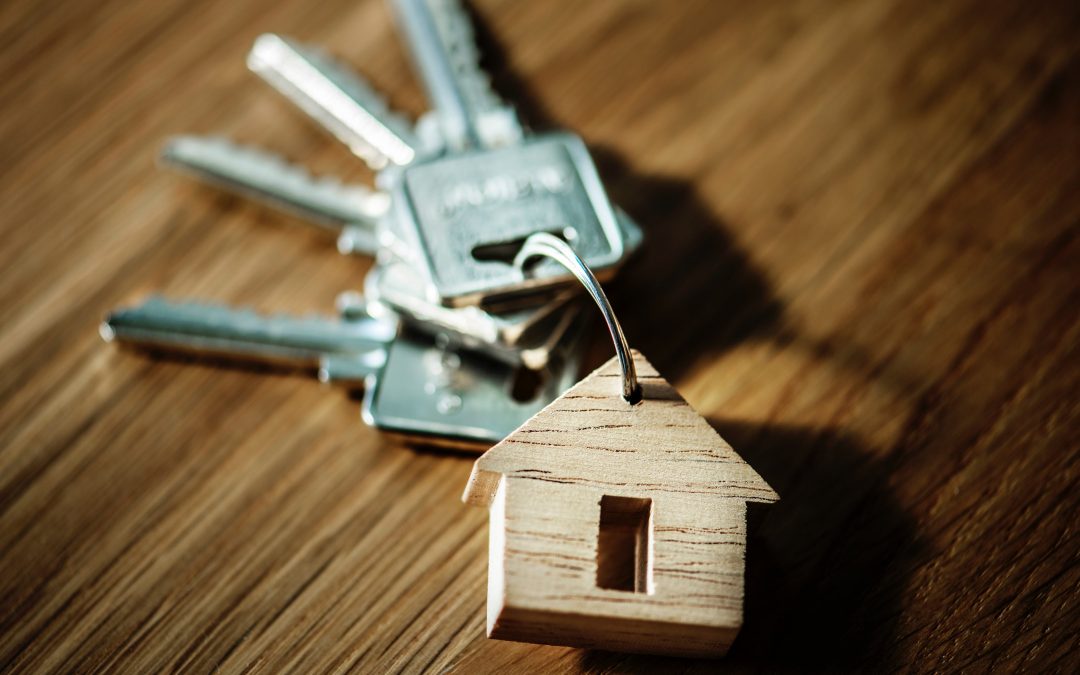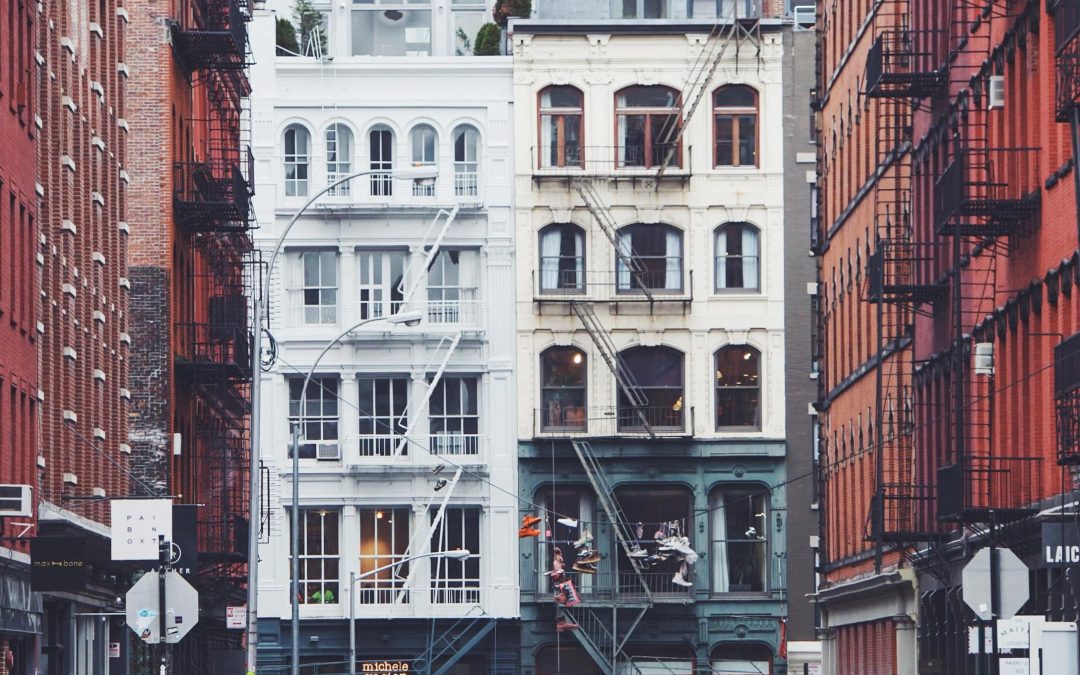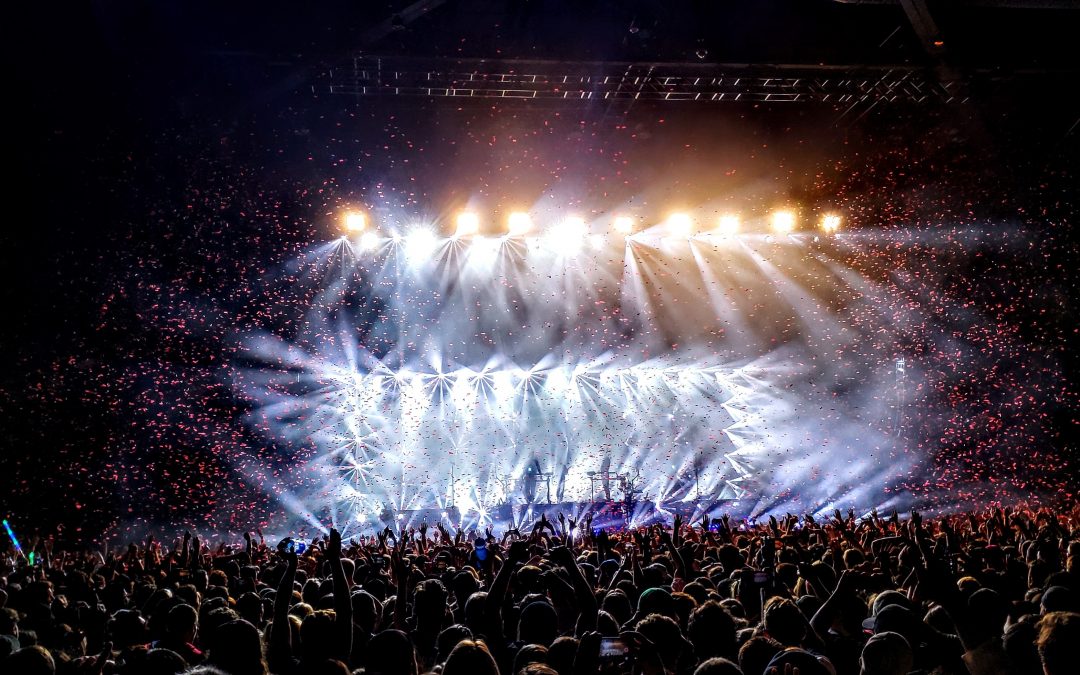
by BCB Property Management | Jan 13, 2017 | New York City
Hint: Yes, and Maybe Sooner than We Thought
While finding shelter may be one of the oldest human instincts, the way we find shelter may be about to change drastically—at least when it comes to buying or renting a new home.
In early December, 2015, a father-son team, Miquel and Ami Berger, of Albany, New York created an app that works with Amazon Echo–one of the many devices currently available in the U.S. that offer electronic virtual assistants. In the case of Amazon, the assistant is named “Alexa.”
Virtual assistants, from Alexa, to Apple’s Siri and Microsoft’s Cortana, respond to vocal prompts and do everything from finding a coffee shop to getting directions to The American Museum of Natural History to turning on the lights in your home– depending on how digitized and wired-up your life is. (For a humorous explanation of the benefits and limits of various personal assistant devices, or “the genie in the hockey puck” read OnComp’s blog.)
So, how does the app work? Pretty much like having a conversation with an agent or relator who has every MLS listing in their head–albeit a formal and limited conversation. First you ask Alexa to “open real estate.” Alexa will then say, “welcome to your virtual agent” and you’re off. Do you want to buy, rent or sell? How many bedrooms? What’s your price range?
The app is being tested in the Berger’s hometown of Albany and is one of only a few on the market.
Does that mean the market is limited? Will people really use a disembodied electronic voice to find a new home? Trends indicate that yes, this is the next technology step in house hunting.
According to the National Association of Relators, in 2015, 51 percent of home-buyers found their house on the internet and 34 percent used an agent. By comparison, eight percent of home-buyers saw a yard sign or an ad for an open house.
Digital assistant apps are, essentially, where the internet and the agent are one and the same.
Still seems far-fetched? Well, remember when phones were only used to make phone calls?
Like smart phones, virtual assistants are getting smarter and more useful every day. In June, Fortune magazine reported that Alexa had more than 1,000 skills, due the multitude of apps being developed for the Echo device.
If the use of digital assistants explodes the way smart phone use in general has—64 percent of American adults now own a smart phone, which is nearly double the number reported in 2011 according to the Pew Research Center– then asking an app to find you a place to live could become common-place. The same Pew survey also reports that phones are already used for everything from checking on health conditions to applying for jobs.
Is it such a stretch, then, to imagine a scenario where a frustrated renter is standing in their tiny, galley, kitchen and walking Alexa, or Siri, through filling out forms for a mortgage? One that will cover a larger home with a real kitchen!
Take into account that 35 percent of the homes purchased in 2015 were by first-time buyers, and that the median age of first-time buyers was 32. These older Millennials, despite their generation’s bad-rap, are tech-savvy grown-ups who need a great place to live.
Where are they going to look for information? Clearly, not the newspaper or yard signs. But asking a personal, digital, agent to find the perfect home?
That’s not just in some far-off, fantasy, future—it’s here.

by BCB Property Management | Nov 22, 2016 | Brooklyn, History, Neighborhoods, New York City
When it comes to New York City real estate, most residents wish they had more space: to open up a wall and discover a whole extra room would be nothing short of a dream come true. But in a city with 27,000 people per square mile — the highest population density of any major US city — what you see is what you get, and usually what you pay for too.
But the idea of hidden rooms and passageways, even in New York City, is more than just the subject of millennial imaginations. A recent New York Times article tackled just that: hidden spaces, both new and old.
The older hidden spaces, surveyed by the Times, served practical purposes. In one Brooklyn church, for example, a stairway leads to a secret basement the size of a city block, once part of the Underground Railroad. Inside the Brooklyn Bridge, there’s a hidden Cold War bunker. Though you might enjoy the idea of secret passages for the novelty, many people have relied on them historically to stay safe.
That’s not to say secret rooms can only be bunkers. One couple in Brooklyn, for example, discovered a crawl space large enough to transform into a quirky playroom for their young daughter. Others pay contractors like Creative Home Engineering as much as $25,000 to build secret rooms into their homes for aesthetic or personal reasons.
In her three-bedroom apartment on 15th Street and Fifth Avenue, finance worker Sara Nainzadeh had a secret entrance built, opening up to a private office by a tug on a Shel Silverstein book. Asides from storing her safe, the room acts as a retreat from the world.
A couple in TriBeCa, the Watsons, have a secret room built entirely for books: a secret library that doubles as a guest room. Their Duplex on Warren Street is selling for $19.5 million.
Still, others have them implemented as a sort of long-term investment in an uncertain future. With the growing state of technological and government surveillance, many think a private escape is more than worthwhile. If there were needs in the past for such safe spaces, who is to say, 30 years down the line, they won’t be useful again?
Hopefully most of us will never need secret rooms for life or death reasons. But if such spaces do come back in style, why not run with it? A little intrigue in real estate is never a bad thing.

by BCB Property Management | Nov 17, 2016 | New York City
In the past few years, New York City has made significant strides to meet Mayor de Blasio’s 2014 commitment to decrease greenhouse gas emissions 80% by 2050, as well as Gov. Cuomo’s goal to source half of statewide electricity from renewable energy by 2030.
But the challenges obstructing New York City’s bid to go solar can make the process seem convoluted for homeowners and expensive for building owners, since the installation is an investment. The most apparent obstacle is the scarcity of sunlight–the result of tall and densely-packed buildings constantly casting each other in shadow. Aside from that obvious drawback, installing solar panels requires applying through the Department of Buildings (DOB), negotiating with massive utility companies like ConEd, and complying with fire codes.
Each of these issues, however, has recently been addressed. Installation costs can be significantly offset through rebates and tax credits, and reduced further by joining a solar purchasing group. The wait time for the DOB application process has been minimized from months to weeks. And the role utility companies will play has been carved out by the New York Public Service commission. Brooklyn SolarWorks has even developed a workaround for the tricky problem of applying solar panels to flat rooftops without violating the fire code: a canopy system that raises the panels above roof level.
Currently, most solar systems in New York City are attached to suburban single-family homes, although building owners and management companies are beginning to come on board for the long-term cost-savings. In September, de Blasio showed off a solar panel system at the Brooklyn Navy Yards. And earlier this year, the city introduced Solarize NYC, a campaign to make solar energy more affordable and accessible. While challenges remain, the solar movement in New York City seems to be picking up speed.
Use Google’s Project Sunroof to see how much solar energy can save you. Visit EnergySage’s New York Solar Marketplace to evaluate your installation options. And check out CUNY’s NYC Solar Map if you’re considering going solar.

by BCB Property Management | Feb 25, 2016 | History, New York City
Perched mightily above Pennsylvania Station in Midtown Manhattan, Madison Square Garden’s formidable presence is apparent at a glance. The arena defies all logic in name: far from Madison Avenue, it is neither square nor inclusive of anything resembling a garden.
A venue often graced by famous musicians, athletes, and world leaders, Madison Square Garden may not match its name, but is nonetheless an iconic New York City landmark. It’s also the fourth iteration of its kind. Having endured makeovers, demolition and reconstruction time and again in several locations over nearly a century and a half, the final product is one of monumental stature and significance
Madison I through III: Grand, but damned
Madison Square Garden’s epic history begins at Fifth Avenue and 23rd street, southeast of its current location in what is now the Flatiron District.
Formerly occupied by a railway terminal, the space was leased by P.T. Barnum from Cornelius Vanderbilt and transformed into venue branded the Great Roman Hippodrome, or Barnum’s Hippodrome. Barnum seized an opportunity to build a large enclosed event space once Cornelius Vanderbilt moved his railroad to Grand Central Terminal.
Barnum went on to build a 274-foot oval center laced with wooden benches wrapped around the building’s performance space. The building would only draw big crowds for a few events at the time, so there was a revolving door for proprietors. The original construction was far from perfect: a tent was used to seal the of the venue, making it very difficult to host during inclement weather.
After five years, William Vanderbilt reclaimed the venue and gave it a new presence that would kickstart it’s future legacy. On May 31, of 1879, a gala ceremony presented the new name: Madison Square Garden. It was used to host boxing matches and circus performances among other fantastical events.
Though Vanderbilt would crown the name that would last until present day, we can’t say the same for the actual MSG building. Madison I, as it’s called today, was sold to a syndicate that included Andrew Carnegie and J.P. Morgan. They demolished the building in 1891 and commissioned the second rendition: Madison II.
The second rendition was born from the mind of renowned architect Stanford White; featuring Moorish architecture and 33 stories, it towered over Madison Square Park. Madison II was the second tallest building in Manhattan at the time, and its main area was the largest in the world with room for 8,000 seating and thousands more standing.
After its grand opening in 1920, the new tower had a 1,200-seat theater, a concert hall that could hold 1,500 persons, and the largest restaurant in the city. It even had a roof garden, making the name more appropriate. The building cost $3 million in total but was doomed to suffer the fate of its predecessor. In 1925, the mortgage owners, New York Life Insurance Company, decided to tear the building down to replace it with their new headquarters.
Madison III, it would be determined, was to end in rubble as well. Built on 8th Avenue between 48th and 50th, the enormous venue boasted a massive seating capacity of 18,496 people, seats that would fill to the brim for the Ringling Brothers, the New York Knicks and Rangers, and the American First Committee peace rallies.
It was nowhere near Madison Square, but the name stuck around along with another moniker: “The House That Tex Built.” This name is in reference to owner and operator Tex Rickard, who built the arena in just 249 days at a cost of $4.75 million.
Madison III had a pretty solid 37-year run, but was demolished when the Madison Square Garden we know and love today opened in 1968.
Madison IV: The final era?
The current Madison Square Garden, located at 7th Avenue between 31st and 33rd streets, opened as a by-product of the demolition of the original Pennsylvania Station’s above-ground hub. Irving M. Felt purchased the air rights from the Pennsylvania Railroad and built Madison IV: a venue that would outlast its predecessors.
The new structure was unique because it was one of the first buildings to be built above an active railroad station. Madison Square Garden is located in the sports and entertainment building formally known as the Pennsylvania Plaza, and touts a brand that acts as a monument in not only Midtown Manhattan, but the world.
The new building was built around its core cash cows: Circus and talent acts, the New York Rangers, and Knicks basketball. Yet, the space still earns revenue hosting one-off events of all types, from Democratic and Republican conventions to the Pope’s inductee ceremony.
And so, between 1968 and today Madison Square Garden has persisted, and has garnered the title of “World’s Most Famous Arena.” Currently, Madison Square Garden hosts roughly 320 events a year and saw $1.62B of revenue in 2015.
Both before and after the current Madison Square Garden came into existence, the institution has endured an array of makeovers and reconstructions, housed an entire history of events, and switched hands in ownership again and again. That’s certainly a storied history; one that’s seen generations of people joined by music, laughter, team spirit and applause.
Today it exists as one of New York City’s most fruitful revenue generators. While this matters from an economic standpoint, it’s safe to say that Madison Square Garden’s financial benefit is matched, if not exceeded, by its inherent culture and history.
Featured image: Diana Robinson via Flickr



